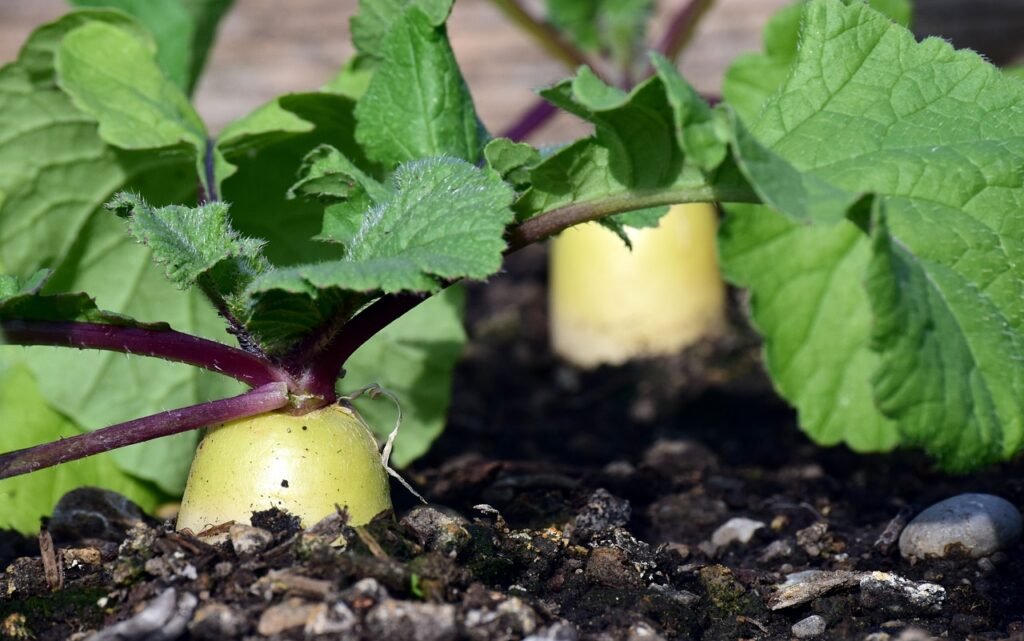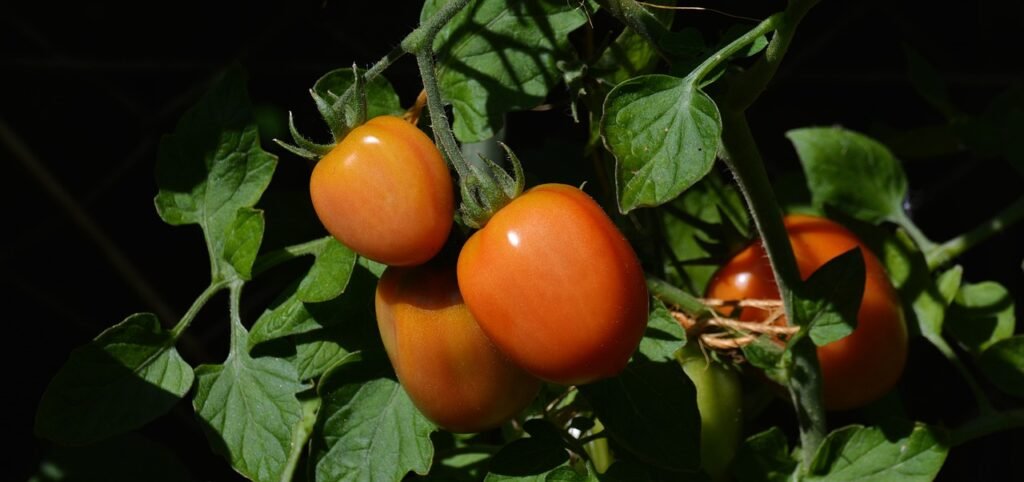
Radishes come in numerous sizes, colors, and types. utmost familiar are the theater radishes( Raphanus sativus var. radicula). Garden radishes have a racy flavor and crisp juicy texture. They’re good in salads and can stand alone as a snack.
Radishes may be globular or carrot- shaped, and in a rainbow of colors green, white, pink, red, grandiloquent and unheroic. These tiny roots can be grown as a fall crop, but they can also be planted in the spring.
The tall, white Asian radish (R) is another plant that home gardeners can grow. sativus var. longipinnatus), frequently called daikon, its Japanese name. These roots can grow to large sizes, and are generally less racy or hot than the theater types. Gardeners frequently plant them in the late summer for a late fall crop. You can store them for fresh use for over to two months.
Radishes do best when grown in cooler conditions, and are tolerant of cold rainfall. You can grow tender, juicy, scrumptious radishes if the shops grow snappily without stress. They may develop a flower that goes to seed, develop exorbitantly hot flavor or come woody during the heat of a typical Minnesota summer.
You should follow seed packet or roster recommendations for individual kinds.
soil prepared for radishes
Radishes can be grown in any well-drained, slightly acidic to neutral soil with a pH of 6 to 7, provided that the soil is not compacted.
Although daikon can access heavy soils to depths further than one bottom, the roots wo not be as smooth, invariant and tender as those grown in lighter, set soils. However, choose shorter daikon kinds, If your soil is stony or veritably heavy.
You can ameliorate your soil by adding well- rotted ordure or compost in spring or fall.
Do not use fresh ordure as it may contain dangerous bacteria and increase weed problems. The roots may branch out as a result of the easily accessible nitrogen.
Do not use any toxin containing a weed killer(” Weed and Feed”), as it may kill your vegetable shops.
Seeding or thinning for radishes
Prepare the radish bed by loosening soil at least six elevation deep, a bottom or further for long types. For daikon, produce raised beds to insure loosening of the soil and to make crop easier.
Two green radish cotyledons growing in seedling pot
Factory radish seeds from early April through early May for a spring crop, and again August 1 through September 1 for a fall crop.
The distance between seeds in a row should be around 1 inch.
Factory the seed of lower kinds shallowly, one- fourth to one- half inch deep. Plant larger kinds deeper, up to one inch deep. Seedlings will crop within ten days.
Heavy rains or inordinate irrigation can beget soil crusting, which may weaken seedling emergence. However, smoothly sprinkling it to bedew and soften the crust may help, If the soil face has caked.
Thin radishes to about two elevation between shops as soon as they reach a small, comestible size. For larger kinds, similar as daikons, allow four to six elevation between shops. When the row starts to thin, pull any weeds.
Like other seedlings in the cabbage family, radishes have a distinct appearance two fleshy cotyledons shaped like capital Bs, followed by true leaves that may be kindly
hairy and toothed.
Watering for radishes
Radish taproots can be large, but the vertical roots do n’t extend far into the soil. Make sure they admit enough downfall or deep watering.
Drought stress can beget the roots to develop poor flavor and a tough texture.
still, soak the soil completely at least formerly a week, If the planting does n’t get one inch of rain each week.
still, it’s important to water more frequently than formerly a week, If your soil is flaxen.
An inch of water will wet down a flaxen soil to a depth of ten elevation, a heavy complexion soil to six elevation.
Use a trowel to see how far down the soil is wet.However, keep the water handling, If it’s only an inch or two.
Harvesting and storage for Radishes
Radishes are ready to gather in as little as 3 to 4 weeks after planting. Harvest them when they’re about an inch in periphery, as they can come woody and bitter if left in the ground too long. Remove any leftover roots from the radishes by gently pulling them out of the ground.
The root’s range will be extreme since the daikon’s shoulders, or top of the vegetable, typically rise out of the ground. Spade or chopstick underneath the planting to crop long daikon roots without breaking them. Remove the flora and wash the roots.
Daikon and theater radish will only keep for a week or two in the refrigerator. They lose humidity and come shriveled.
Conclusion
Growing radishes from seeds is a simple and satisfying gardening design that can yield a quick crop. By following these germination, planting, and minding tips, you can enjoy a bountiful force of fresh radishes throughout the growing season.



